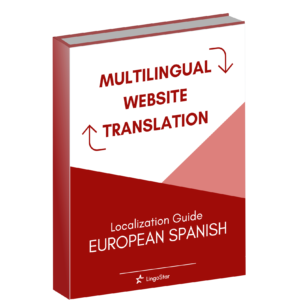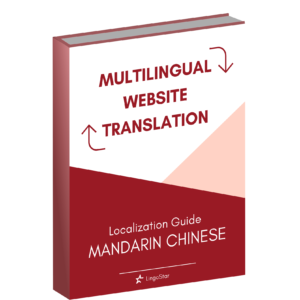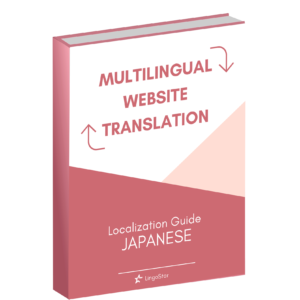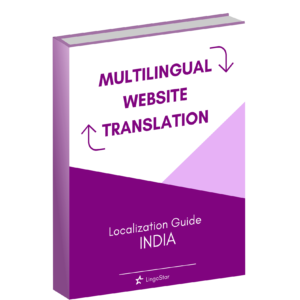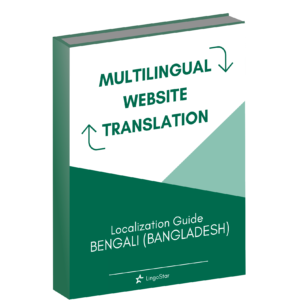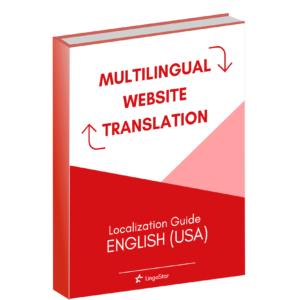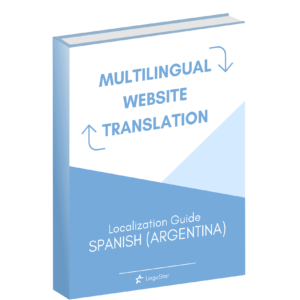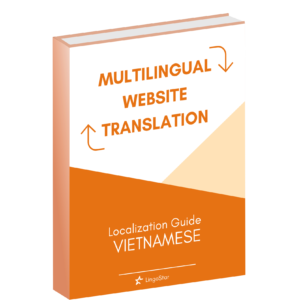Voice-over Artists and Services
A voice-over is a production technique where a recorded voice is synchronized to a video. Voice-overs are typically used on different platforms: television, film, and online for advertising, narration, documentary pieces, and more. In our industry, clients require corporate videos or presentations to be voiced in multiple languages for promotional or business purposes as well as employment training. Media companies also require multilingual voiceovers for their clients’ promotional material, TV shows, film production, commercials, etc. Generally, the voice-over artist is provided a translated script and then records the audio in a professional studio or using professional equipment in their home studio. Being a voice over artist is a hard job that combines linguistic, technical and marketing skills all in one package! High-tech software technology today can give you the option to instantly record tracks in acceptable quality. But to be a successful voice-over artist is not easy. First of all, if you want to have your voice heard, you need to have standout voice-over demo recordings available for potential employers. It is also a good idea to have your own at-home recording studio and that requires quite an investment. Furthermore, in the voice-over world, it is always useful to have a circle of friends in the business, so go to conferences! Meet some people, get some contacts, and seek advice from professional voice-over artists. What is there to lose? Finally, look after your main instrument: your voice! Vocal training can help you learn to breathe properly and help your voice sound great for long hours of recording. LingoStar Voice-over Services provides voice-overs in English, Spanish, French, German, Japanese,...





